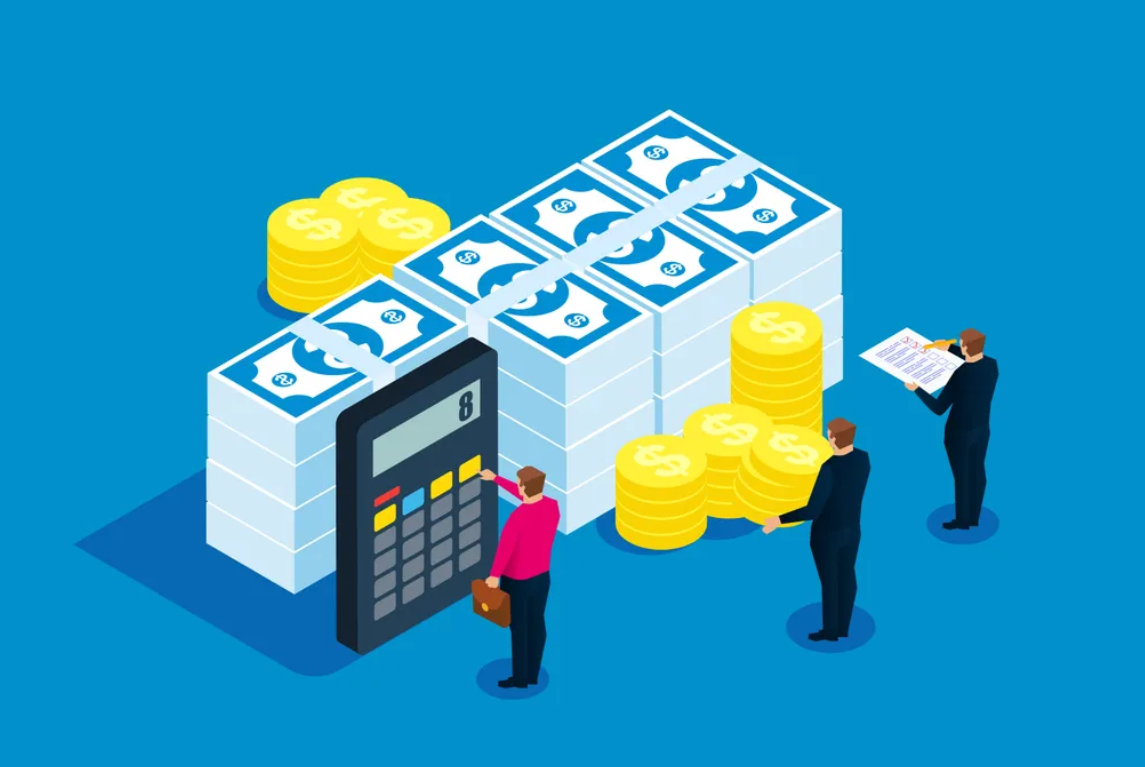The decisions and policies of the Federal Reserve, commonly referred to as the Fed, have a profound impact on the U.S. economy and, by extension, on the finances of individuals and families. One of the most closely watched aspects of the Fed’s activities is its management of interest rates, which affects everything from mortgages to savings accounts. In this article, we’ll explore the recent decision by the Fed to pause interest rate hikes and what it means for savers and their savings accounts.
Understanding the Fed’s Role
The Federal Reserve is the central bank of the United States, charged with the responsibility of conducting monetary policy to achieve specific goals, including price stability and full employment. To accomplish these objectives, the Fed uses a range of tools, with one of the most important being the setting of interest rates.
The Fed’s Rate Pause
In response to evolving economic conditions, the Fed has made several key decisions regarding interest rates:
Interest Rate Hikes: Over the past few years, the Fed had been gradually increasing interest rates in an effort to manage inflation and maintain economic stability.
Rate Pause: In recent months, the Fed has decided to pause its interest rate hikes, signaling a change in its approach to monetary policy. The decision to pause means that the federal funds rate, which influences many other interest rates, remains steady.
Economic Outlook: The Fed’s decision is based on its assessment of the current economic environment. Factors such as inflation levels, labor market conditions, and overall economic growth play a role in shaping the Fed’s approach.
Implications for Savers
The Fed’s rate pause has several implications for savers and their savings accounts:
Stability in Savings Rates
One immediate effect of the Fed’s decision is the stability of savings account rates. During a period of rate hikes, savers often benefit from gradually increasing interest rates. However, a rate pause means that the rates offered on savings accounts are less likely to rise significantly in the short term. While this might disappoint those who had hoped for higher returns on their savings, it does provide predictability.
Mortgage Rates
Mortgage rates are closely tied to the federal funds rate. A rate pause by the Fed generally means that mortgage rates are also expected to remain relatively stable. This could be beneficial for prospective homebuyers or homeowners looking to refinance, as it provides a window of opportunity to secure favorable mortgage terms.
Investing vs. Saving
Savers might consider exploring investment options that offer the potential for higher returns, as savings account rates are less likely to increase significantly in the near future. Stock investments, bonds, or other financial instruments may be worth considering for those willing to take on a higher level of risk in pursuit of higher returns.
Inflation Concerns
A key reason for the Fed’s rate pause is to manage inflation. While inflation can erode the purchasing power of money, the stability of interest rates can help protect the real value of savings. However, savers should continue to monitor inflation trends to ensure that their savings are keeping pace with rising prices.
Financial Planning
The Fed’s monetary policy decisions should prompt savers to review their financial goals and make any necessary adjustments. Whether you’re saving for a major purchase, retirement, or an emergency fund, a well-defined strategy remains crucial.
Diversification
Diversifying your savings and investments can help balance risk and return. While savings accounts provide safety and liquidity, exploring other investment options may be necessary to achieve your financial goals in an environment of stable interest rates.
The Federal Reserve’s rate pause signifies a shift in its approach to monetary policy. While it may lead to more stable savings account rates in the short term, it also emphasizes the importance of adaptability in managing personal finances. Savers should remain vigilant, stay informed about economic trends and policies, and consider a diversified approach to saving and investing that aligns with their financial objectives. Ultimately, the impact of the Fed’s decisions on savings accounts underscores the dynamic nature of the financial landscape and the need for ongoing financial planning.





